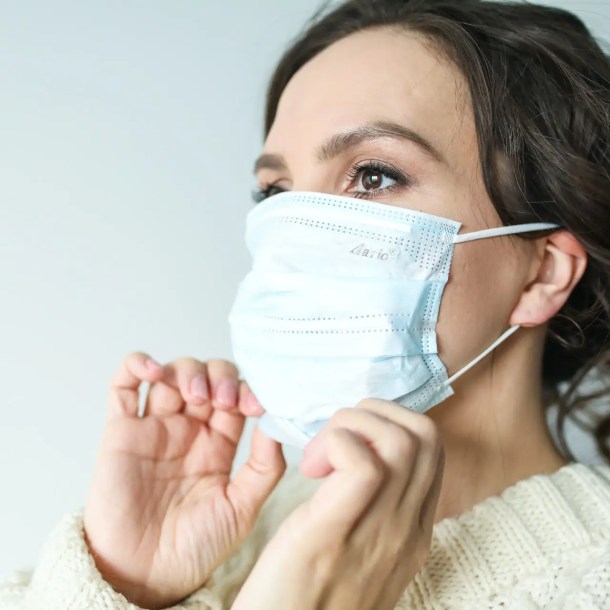
YOU* MUST wear a mask:
- In healthcare settings
- In congregate care facilities, such as long-term care settings and adult/senior care facilities
- In any other location where it is required by the business or venue
- If you have COVID-19. You must wear a highly protective mask (even at home) when you are around others until you end isolation. If you are eligible to end isolation after Day 5 because you have a negative test result, it is strongly recommended that you continue to wear a mask through Day 10. In workplace settings, you must wear a mask through Day 10.
- If you are a close contact to someone with COVID-19. You must wear a highly protective mask when you are around others indoors for 10 days after your last day of exposure.
- If there has been a recent outbreak at your workplace or the congregate setting where you live.
During this winter surge, PLEASE wear a mask:
- On all forms of public transit, including trains, buses, shuttle buses, taxis, ride-shares, and medical transport.
- In all transportation hubs, including airport and bus terminals, train and subway stations, seaports or other indoor port terminals, or any other indoor area that serves as a transportation hub
- In state and local correctional facilities and detention centers
- Homeless and emergency shelters
- In all other indoor public settings, businesses, government offices, childcare, TK-12 schools, and higher education settings.
Note: If you are at risk for severe illness it is especially important to wear a highly protective mask when you are in a higher risk setting. These include any of the “three Cs”:
- Closed spaces with poor air flow
- Crowded places with many people nearby, and
- Close contact settings especially where people are talking (or breathing heavily) close together.
No one can be prevented from wearing a mask to participate in an activity or enter a business.
High Quality Masks on sale 50% OFF at https://98masks.com/shop
Note: When masks are required, you are allowed to take off your mask while you are:
- Actively eating or drinking.
- Alone in a separate room or space.
- Showering or swimming.
- Receiving medical, dental, cosmetic, personal hygiene or personal care services (like a facial or shave) that cannot be done without removing your mask.
- Receiving or providing a speech, occupational or language therapy session where temporary removal of the mask is necessary, as determined by the therapy provider.
*There are some people who should not wear a mask, such as children younger than 2, people with certain medical conditions or disabilities, and people instructed by their medical provider not to wear a mask. See Who should not wear a mask and Special considerations for persons with communication difficulties or certain disabilities.
Post courtesy of http://publichealth.lacounty.gov/



